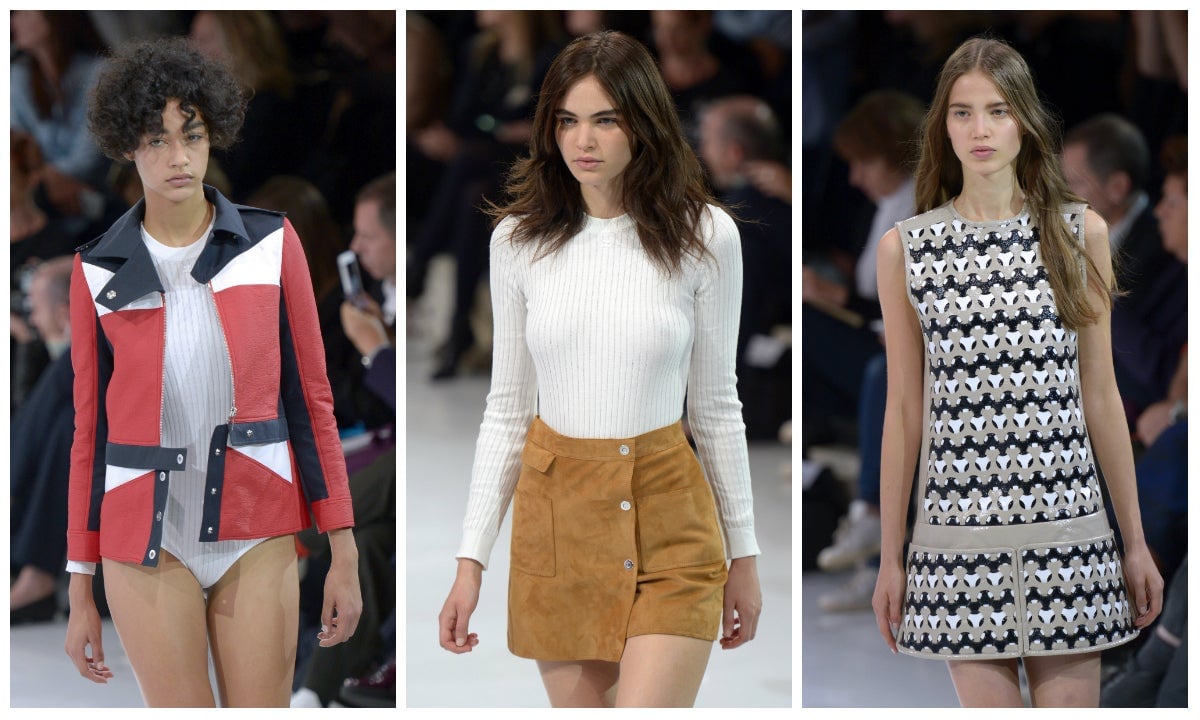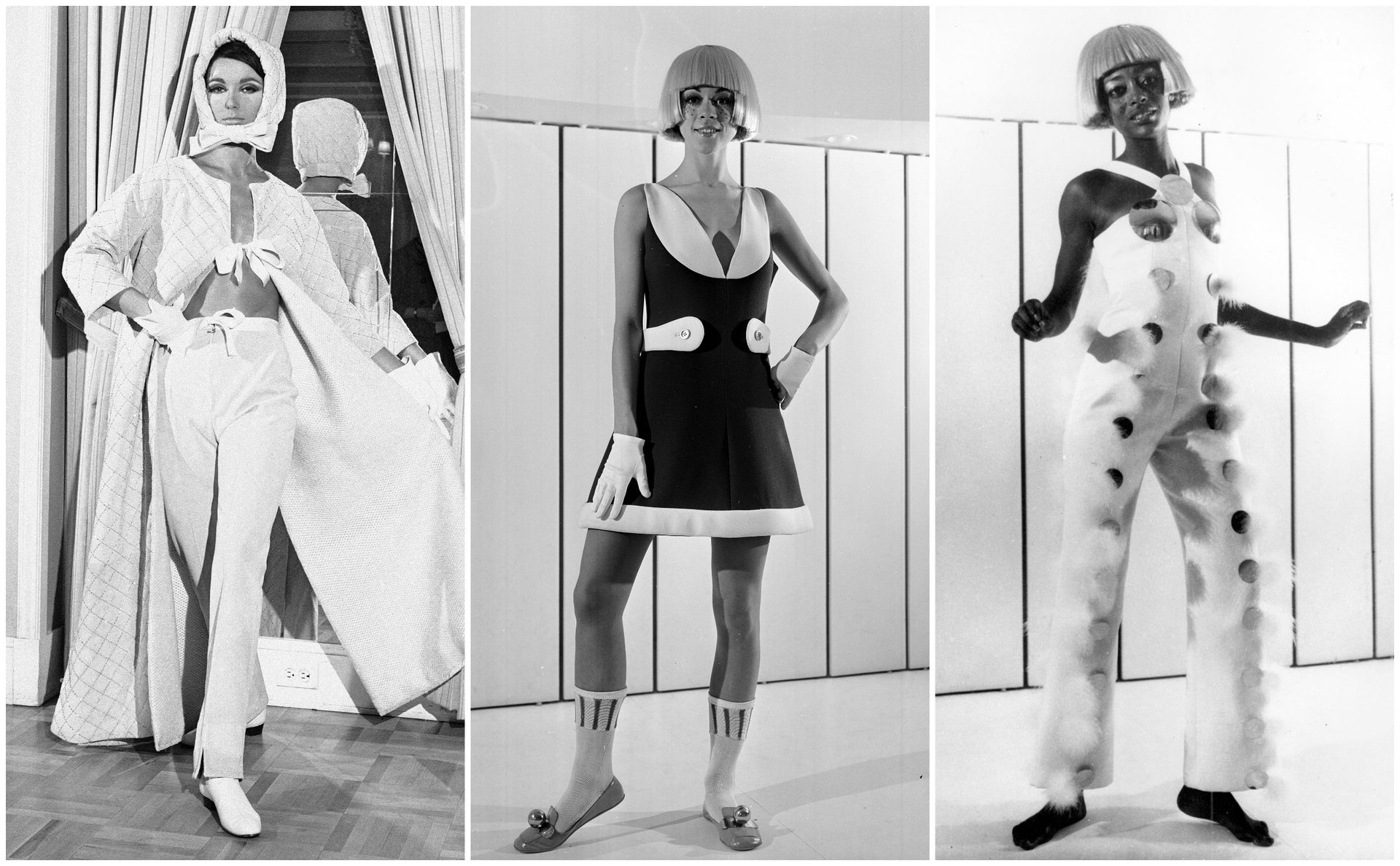The French fashion label that defined ’60s cool is back
Most people may not know the name André Courrèges these days, but they know his work. The French fashion designer created fantastically futuristic, youth-obsessed clothing that was some of the most iconic of the 1960s—think the women’s clothes in Austin Powers. In fact, Courrèges arguably invented the miniskirt, though there’s some debate over who deserves the credit, he or designer Mary Quant.


Most people may not know the name André Courrèges these days, but they know his work. The French fashion designer created fantastically futuristic, youth-obsessed clothing that was some of the most iconic of the 1960s—think the women’s clothes in Austin Powers. In fact, Courrèges arguably invented the miniskirt, though there’s some debate over who deserves the credit, he or designer Mary Quant.
After decades languishing in fashion’s wings, the Courrèges brand made its official return to the Paris runway on Sept. 30. Now designed by two rising young talents, Sébastien Meyer and Arnaud Vaillant, this new collection seems aimed at showing retailers that its retro DNA is still desirable—after all, you can’t resurrect a business with products that don’t sell.
Meyer and Vaillant skipped the complete looks that are standard on runways and opted instead to focus on individual pieces. An assortment of 15 different items, each available in 15 fabrics, including cotton, leather, and very ’60s vinyl, came out on models who otherwise wore only white bodysuits.
The pieces were modern updates of some of Courrèges’s iconic ’60s staples: cropped jackets, minidresses, high-waisted pants, and yes, miniskirts.
“I was the man who invented the mini,” Courrèges once insisted, according to historian Valerie Steele’s Fifty Years of Fashion. “Mary Quant only commercialized the idea.”
“That’s how the French are,” Quant, who was English, said of Courrèges’s claim. “It wasn’t me or Courrèges who invented the miniskirt anyway—it was the girls in the streets who did it.”
The debate has never been completely settled, but Steele says the evidence supports Quant.

Even so, Courrèges undoubtedly helped define 1960s style with his space-age, whimsical futurism.
Among his fans were celebrities such as Brigitte Bardot and Catherine Deneuve, and he created the iconic look worn by Audrey Hepburn in How to Steal a Million.
Bringing Courrèges back into style won’t be easy: a resurrection of the brand has been attempted before, unsuccessfully. But as Julien Dossena is showing at Paco Rabanne—another 1960s brand in the midst of a revival—it’s possible.